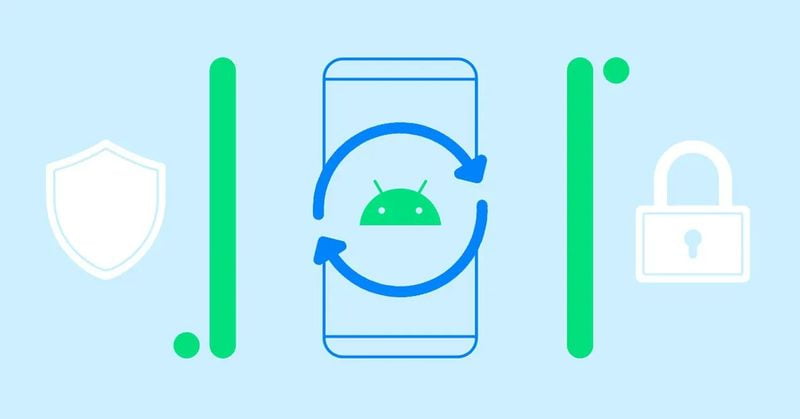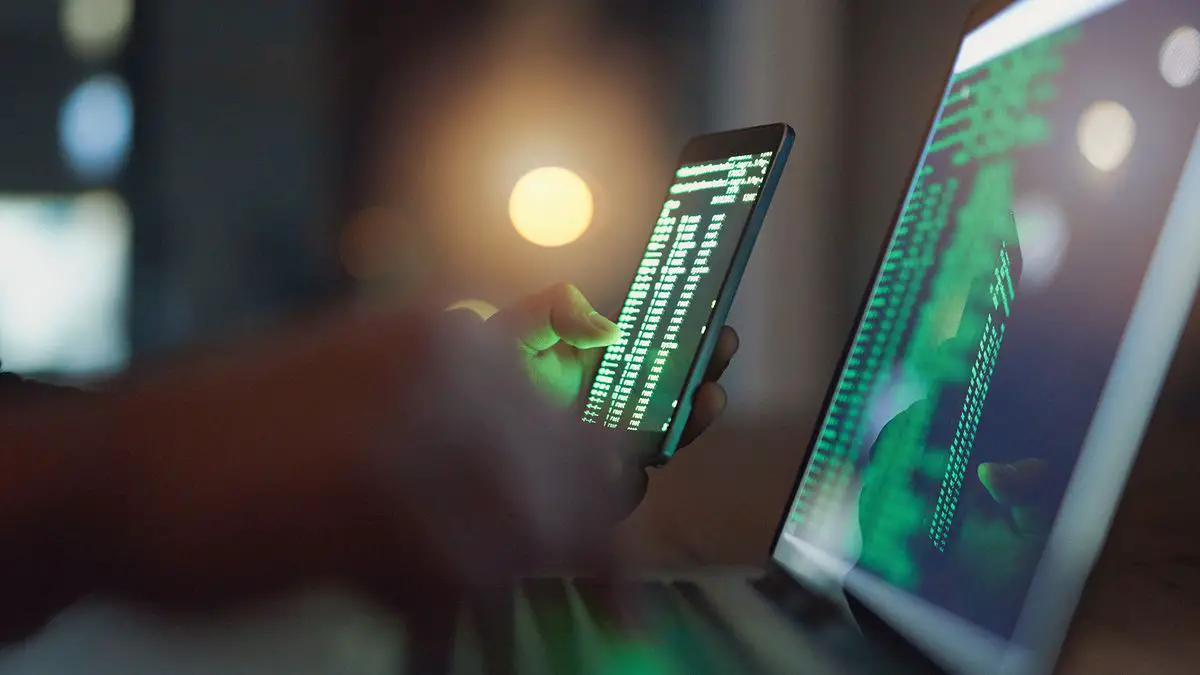Despite Android being a mostly secure environment, the ravages of viruses and malware take place every day on thousands of devices that have not taken adequate precautions.
Android’s firewall is Google Play. The official bazaar of Google’s operating system is not exempt from harboring malicious software. On many occasions, we have seen how they have managed to circumvent Google’s filters and infect thousands of people. However, the risk is lower if what we download is controlled within this environment. But what happens when we suspect that we have malware or viruses on our mobile?
Symptoms of a Android smartphone virus or malware
When we have installed an infected application, it is possible that the symptoms do not take long to appear. Depending on the severity of the infection, they may be more or less visible, or even be completely invisible but wreak havoc in the background. If our mobile presents any of these symptoms, we may have malicious software on the mobile.
- The mobile does strange things and is slow: This is because the software that infects the phone makes use of system permissions and consumes a large part of its resources.
- Se heats up too much: As part of the above, the excessive use of resources may cause the system to overheat, which did not happen before.
- The data bonus is spent too fast: This may be due to malware or viruses interacting in the background, connecting to the network, and downloading and sending a large amount of data to an unknown server.
- Calls not made: We may find ourselves with calls not made by us, the result of the management and control that the cybercriminal may have over the infected mobile, taking advantage to call his cousin in Afghanistan.
- It has been blocked and we can do nothing: This is a serious problem since the virus can block the system completely without giving us room to react.
How to learn if Android smartphone has a virus or malware?
The first thing we have to do is to turn off the mobile and restart it in safe mode. This is the best way to eliminate the process that is causing the problem. By restarting it in safe mode, we will be able to start the system only with the system processes and avoid the problems it causes. The way to enter this mode is to hold down the power button and hold down the power off option until Safe Mode appears as an option.
Try to delete the suspicious app
Being in safe mode is a good opportunity to locate and delete the malicious app. It can be a recent game or an app such as a special calculator, flashlight, or similar. In short, inside the safe mode, we will have room to reflect and tae a look, deleting the suspicious apps.
Make a backup

If we have managed to contain the infection, we must make a backup of our data, as we should not trust because the infection may still be there. This means that the biggest problems may be yet to appear, so time is against us and making a backup as soon as possible should be one of the first options.
Install a professional antivirus and perform a ^search
Cell phones from Samsung, Huawei, Xiaomi, Vivo, OPPO, and many others, integrate security tools with integrated antivirus. The first option will be to perform a pass with these solutions to try to detect and eliminate the infection. Afterward, and for greater security, we will download a reputable antivirus and perform another pass to completely clean the device.





